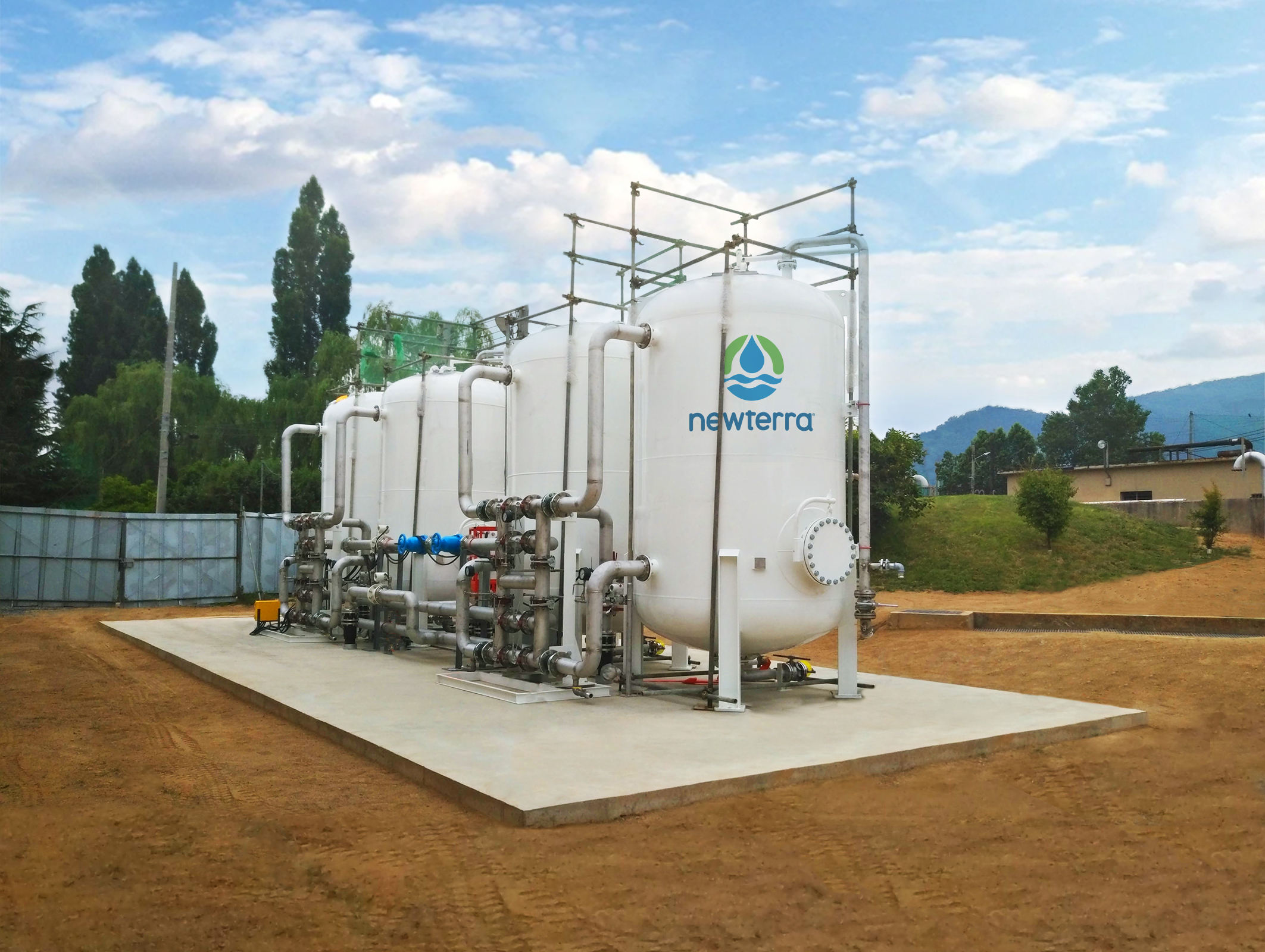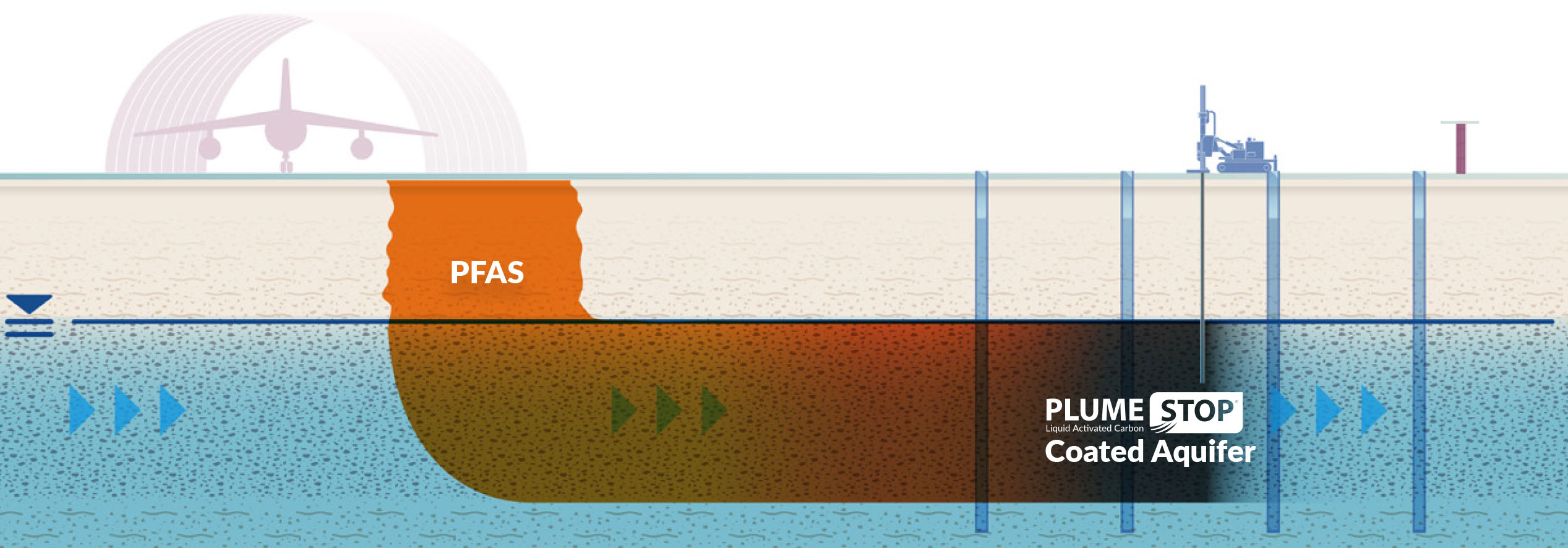M270 PFAS Treatment for Industrial Water Systems
M270 PFAS Treatment for Industrial Water Systems
Blog Article
Advanced Methods for Efficient PFAS Contamination Elimination
The consistent challenge of PFAS contamination demands the expedition of advanced removal techniques that can successfully resolve these hazardous substances. Cutting-edge innovations, such as advanced oxidation processes and different adsorption techniques, have become encouraging remedies in mitigating PFAS from influenced environments. The function of regulative structures in shaping these technologies can not be ignored, as they dictate the rate and instructions of remediation efforts. As we examine these sophisticated methods, it ends up being vital to review their useful applications and the more comprehensive effects for environmental health and policy.
Understanding PFAS Features
Although per- and polyfluoroalkyl compounds (PFAS) have actually been extensively used in different industrial and consumer items as a result of their one-of-a-kind buildings, their determination in the setting presents substantial challenges to public wellness and safety and security. PFAS are a group of artificial chemicals identified by a carbon-fluorine bond, one of the best chemical bonds understood, which adds to their remarkable stability and resistance to destruction. This stability permits PFAS to accumulate in the atmosphere and living organisms, causing prospective unfavorable health and wellness impacts.
The hydrophobic and oleophobic nature of PFAS makes them specifically reliable in applications such as non-stick finishings, stain-resistant textiles, and firefighting foams. Nevertheless, these exact same buildings add to their ecological determination, as PFAS do not easily break down with natural processes. Furthermore, their widespread usage has actually resulted in common contamination of water sources and dirts, complicating remediation efforts. Recognizing the chemical properties of PFAS is crucial for creating efficient methods to manage and reduce their environmental effect. The distinct features of these substances require a nuanced strategy to resolve the difficulties postured by their presence in ecological communities and possible human direct exposure.
Cutting-edge Remediation Technologies
The perseverance of PFAS in the atmosphere has actually stimulated the growth of cutting-edge remediation innovations focused on efficiently getting rid of these pollutants from affected ecosystems. Among one of the most encouraging techniques are innovative oxidation processes (AOPs), which use effective oxidants to break down PFAS substances into less harmful substances. AOPs can be customized to target particular PFAS frameworks, boosting their efficacy.
One more arising innovation is making use of adsorption media, such as triggered carbon and ion exchange resins, which can selectively capture PFAS from infected water. These products have revealed substantial elimination efficiencies, although periodic substitute and regeneration are required to preserve performance.
Membrane filtration methods, including reverse osmosis and nanofiltration, are also acquiring grip in PFAS removal. These techniques can properly divide PFAS from water, providing a sensible option for treating infected sources. Furthermore, thermal treatment techniques, such as incineration, can decompose PFAS into safe by-products, though they need mindful monitoring to manage emissions.
Jointly, these innovative removal innovations stand for significant improvements in the recurring battle versus PFAS contamination, providing different approaches to recover affected atmospheres and protect public health and wellness.

Bioremediation Strategies
Bioremediation strategies use a promising technique to resolving PFAS contamination by harnessing the natural capabilities of bacteria to break down these persistent compounds (m270 waste management). This approach includes the use of bacteria, fungi, and various other microbes that can metabolize or transform PFAS substances right into less harmful results
Recent developments in molecular biology and ecological microbiology have actually improved our understanding of microbial areas and their potential duties in PFAS degradation. Scientists are actively discovering particular strains of germs, such as Pseudomonas and Bacillus, which have shown the ability to break down particular PFAS compounds.
Sitting bioremediation techniques, where microorganisms are stimulated straight in polluted settings, can be specifically reliable. This technique usually involves the application of nutrients or electron benefactors to promote microbial development and task. Furthermore, ex situ techniques, such as bioreactors, permit controlled conditions that can maximize degradation prices.
Despite the promise of bioremediation, obstacles stay, including the intricate nature of PFAS compounds and the demand for comprehensive field screening - m270 waste management. Continued r & d will be critical to improve these techniques and analyze their performance in varied ecological contexts
Adsorption and Filtering Techniques
Addressing PFAS contamination typically entails employing adsorption and filtration methods, which are made to get rid of these relentless chemicals from water and dirt. Amongst the various strategies, activated carbon adsorption is extensively used due to its high area and porosity, making it possible for effective capturing of PFAS particles. Granular turned on carbon (GAC) systems are particularly favored for treating big volumes of infected water, while powdered turned on carbon (SPECIAL-INTEREST GROUP) can be made use have a peek at these guys of for smaller-scale applications.
Ion exchange resins likewise show guarantee in PFAS elimination, working by trading PFAS ions with much less damaging ions in the water. This method has actually demonstrated efficiency in focusing PFAS substances, facilitating their succeeding elimination. Furthermore, membrane layer filtering methods, such as reverse osmosis and nanofiltration, run by utilizing semi-permeable membranes to different PFAS from water, successfully decreasing their concentrations.
While these techniques are reliable, they need to be very carefully selected based on the particular PFAS substances present and the environmental context. Continuous improvements in materials science and engineering are resulting in the advancement of unique adsorbents and purification systems that enhance elimination performances and lower functional prices, thus boosting total remediation efforts.
Regulatory and Policy Considerations
Just how can effective regulatory frameworks boost the monitoring of PFAS contamination? Thorough plans are necessary to make sure a worked with and durable action to the obstacles positioned by per- and polyfluoroalkyl materials (PFAS) Laws can develop clear standards for monitoring, reporting, and remediating PFAS-contaminated sites, cultivating liability amongst industries and public entities. (m270 waste management)

In enhancement, economic rewards and gives can be incorporated right into plans to urge the adoption of advanced removal modern click here to find out more technologies. Policymakers need to also focus on r & d, ensuring that arising techniques for PFAS removal are validated and applied successfully.
Moreover, public understanding and interaction are important parts of any type of regulative approach, equipping neighborhoods to advocate for their health and safety and security. Inevitably, a well-structured regulative environment will not only improve the management of PFAS contamination however additionally advertise sustainable practices wikipedia reference that protect future generations.
Conclusion
In recap, the intricacy of PFAS contamination necessitates the fostering of innovative remediation approaches. Continued study and advancement in this area stay crucial to resolving the challenges presented by PFAS contamination.
Report this page